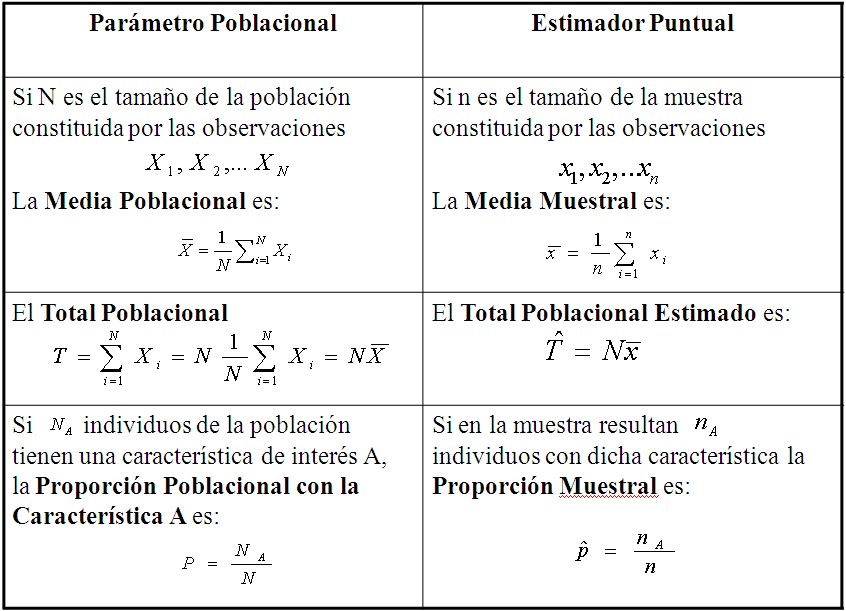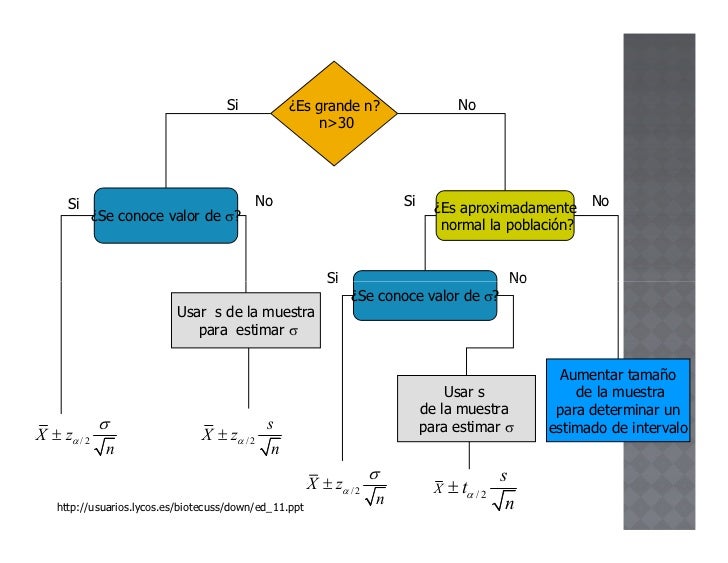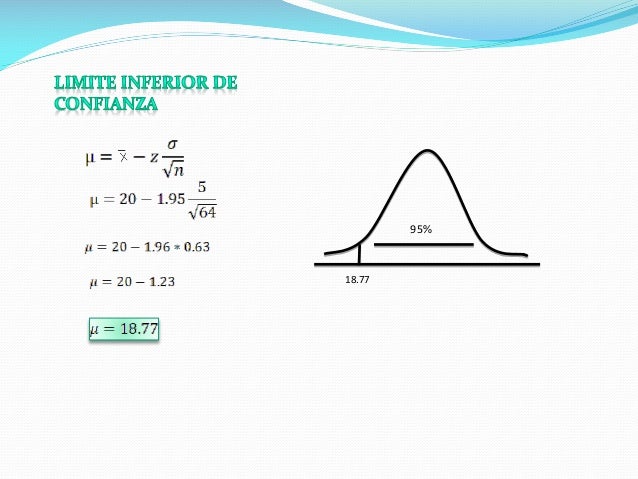
Sari, Ramazan & Hammoudeh, Shawkat & Soytas, Ugur, 2010." The relationship between disaggregate energy consumption and industrial production in the United States: An ARDL approach,"Įnergy Economics, Elsevier, vol. " Disaggregated Import Demand Function: A Case Study of Pakistan,"ĩ5674, University Library of Munich, Germany.


Hashem Pesaran & Yongcheol Shin & Richard J. Oxford Bulletin of Economics and Statistics, Department of Economics, University of Oxford, vol. " Maximum Likelihood Estimation and Inference on Cointegration-With Applications to the Demand for Money," Johansen, Soren & Juselius, Katarina, 1990." Are saving and investment cointegrated? An ARDL bounds testing approach,"Įconomics Letters, Elsevier, vol. De Vita, Glauco & Abbott, Andrew, 2002.The interval estimation is done by using an efficient method called bootstrapping. Third, we not only study the effect of these variables, but also we offer a point and interval estimation of their effects. Second, we model such long-run relationship where we include the effect of some special events.

First, we find out if there is a long-run relationship between tourism demand and a set of economic explanatory variables. For this purpose, we follow a three-step modeling procedure. It is for this reason that this study aims to construct a robust econometric model that allows us (i) to know the most important variables to explain the British demand for tourism to Spain, and (ii) to quantify the impacts of these variables on the demand. ABSTRACT In spite of the importance of international tourism for the Spanish economy, this sector has been scarcely studied. La estimación por intervalo fue llevada a cabo utilizando un método eficiente denominado bootstrapping.

Finalmente, ofrecemos una estimación puntual y por intervalo de los impactos de estos efectos sobre el turismo británico. En segundo lugar, modelizamos esta relación a largo plazo en donde también incluimos los efectos de algunos eventos especiales. En la primera de ellas investigamos si existe una relación a largo plazo entre la demanda de turismo y un conjunto de variables explicativas económicas. Para este propósito seguimos un procedimiento de modelización econométrica basado en tres etapas. Es por esta razón que el principal objetivo de nuestro estudio es el de construir un modelo econométrico robusto que nos permita (i) conocer las variables más importantes que expliquen la demanda de turistas británicos a España, y (ii) cuantificar los impactos de estas variables sobre la demanda. A pesar de la importancia del turismo internacional para la economía española, este sector ha sido muy poco estudiado.


 0 kommentar(er)
0 kommentar(er)
